
San Antonio, Texas

 |
San Antonio, Texas |
 |
For numbers in San Antonio click on image 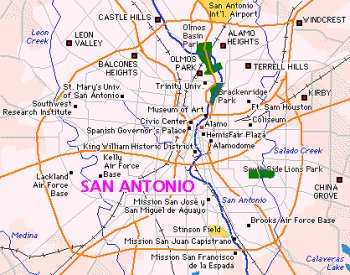 |
San Antonio, Texas, the seat of Bexar County, is a picturesque city that is noted for its shopping centers, numerous parks, spacious residential districts, and many buildings of historic interest. The city itself covers a land area of around 332 square miles. It is the heart of a metropolitan area, composed of the counties of Bexar, Comal, Guadalupe, and Wilson, with a land area of around 3,326 square miles. With some 34 cities and towns located in the metropolitan region, most of which are relatively small. Six small cities exist as enclaves within San Antonio itself: Leon Valley, Alamo Heights, Terrell Hills, Castle Hills, Balcones Heights, and Olmos Park. |
|
San Antonio Points of Interest |
San Antonio Amusement Parks |
San Antonio Festivals & Rodeo Shows |
In 1691 Spanish explorers named the San Antonio River for Saint Anthony of Padua because they first encountered it on the saint's feast day. The city itself grew out of the Royal Presidio of San António de Béjar, a fortified settlement founded in 1718. It was built to protect the Mission San António de Valero established at the same time. The mission soon became nicknamed The Alamo, and because of the role it played in the Texas Revolution (1835-1836) has become San Antonio's premier landmark and a shrine to Texas independence. |
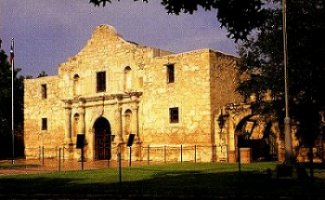 |
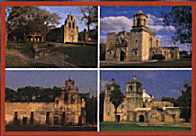
|
The Mission of San José y San Miguel de Aguayo, now often referred to as Mission San José, was established nearby in 1720. By 1731 three other missions were operating in the river valley south of Mission San José. |
In that same year a group from the Canary Islands arrived, persuaded by the Spanish to move to the frontier, and established a community named Villa de San Fernando. Later this community was consolidated with the presidio and with the small settlement that had developed around the earliest mission to form the community of San Antonio. |
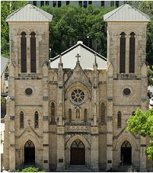 |
|
San Antonio Points of Interest |
San Antonio Amusement Parks |
San Antonio Festivals & Rodeo Shows |
The city served as a Confederate depot during the American Civil War (1861-1865). But lacking a port or complex transportation network, the city's economic importance was limited until the coming of the Galveston, Harrisburg, and San Antonio Railroad in 1877. Thereafter it emerged quickly as the shipping and manufacturing center of southern and western Texas. |
 |
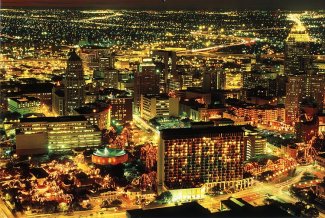
|
The population grew rapidly from the 1980s though the 1990s, according to the national census. San Antonio is distinctive for its large number of residents with Hispanic heritage. Hispanic is considered by the census to be a linguistic and cultural distinction rather than a racial category and Hispanics can therefore be of any race; in San Antonio most are white. The population has over the years, moved to outlying areas north and east of the downtown, where rolling hills make attractive home sites and retirement developments. San Antonio's population growth can be partially explained by its desirability as a retirement community, with excellent medical facilities and attractive geographic surroundings. But more important, San Antonio serves as a cultural and economic magnet for immigrants from Mexico and the Río Grande Valley, which is predominantly Hispanic in ethnic origin and cultural sensitivities. |
|
San Antonio Points of Interest |
San Antonio Amusement Parks |
San Antonio Festivals & Rodeo Shows |
|
Join The Cities Of . Com |
Today's Good News |